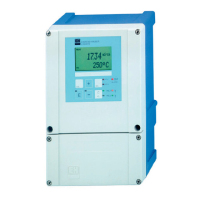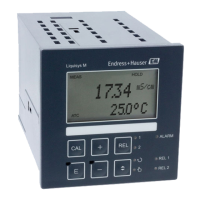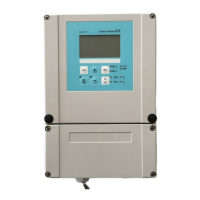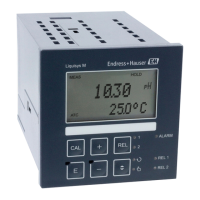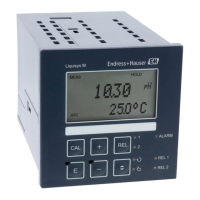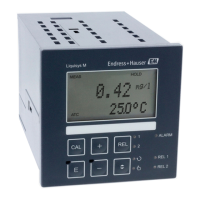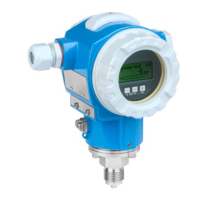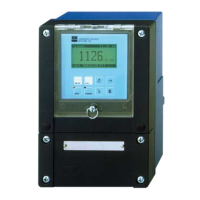
Do you have a question about the Endress+Hauser Liquisys M CLM253 and is the answer not in the manual?
| Brand | Endress+Hauser |
|---|---|
| Model | Liquisys M CLM253 |
| Category | Transmitter |
| Language | English |
Explains warning symbols used to indicate hazardous situations.
Specifies necessary qualifications, authorization, and training for personnel.
Details safety measures during operation and procedures for handling faulty products.
Covers state-of-the-art safety compliance and IT security considerations.
Guides on how to physically mount the transmitter to walls or posts.
Details methods for mounting the field device, including wall and post mounting.
Explains how to mount the panel-mounted device using the provided tensioning screws.
Contains warnings and notices regarding electrical wiring procedures.
Illustrates the electrical connection layout for the transmitter with various options.
Details the types of measuring cables and sensor connection requirements.
Describes the primary functions of the CAL and ENTER keys for navigation and input.
How to operate the transmitter directly via its local interface.
Guide to switching between automatic and manual operating modes.
Initial checks to perform before powering on the transmitter.
Steps for powering up the device and its initial self-test procedure.
Step-by-step guide for essential initial configuration settings after power-up.
Detailed configuration of device parameters and settings.
Configuration of basic settings for conductivity measurement mode.
Configuration of settings related to temperature measurement and compensation.
Configuration of current input for process monitoring and feedforward control.
Configuration of individual current outputs and their characteristics.
Setting up alarms and configuring output contacts for alarm events.
Configuration options for different relay contact functions.
Configuration of P, PI, PD, and PID controllers for process control.
Using a table to define temperature compensation coefficients.
Measuring concentration based on conductivity and temperature data.
Steps for calibrating the transmitter using calibration solutions or cell constants.
General guidance on identifying and resolving operational issues and errors.
Table of system error codes, their possible causes, and recommended remedial actions.
Table of errors related to the process, sensor, or measurement conditions.
